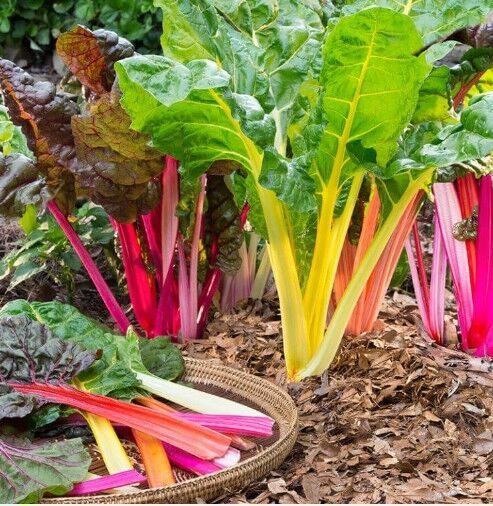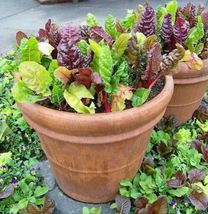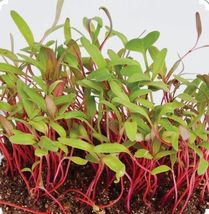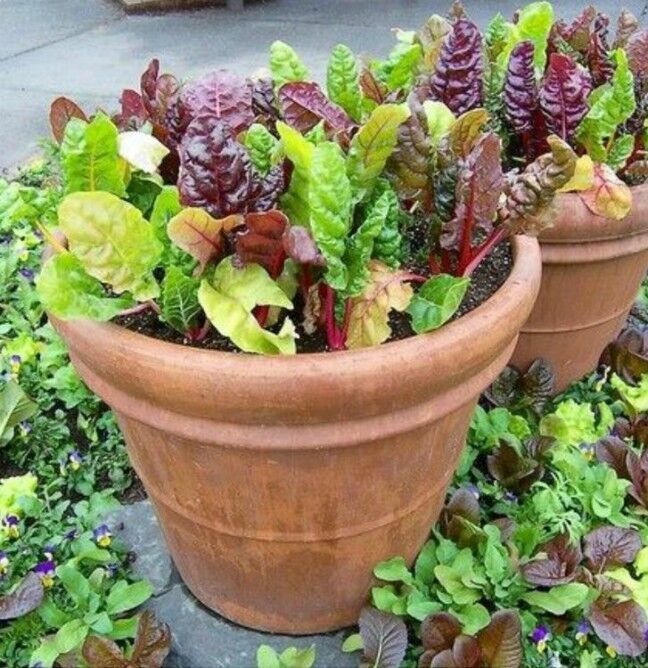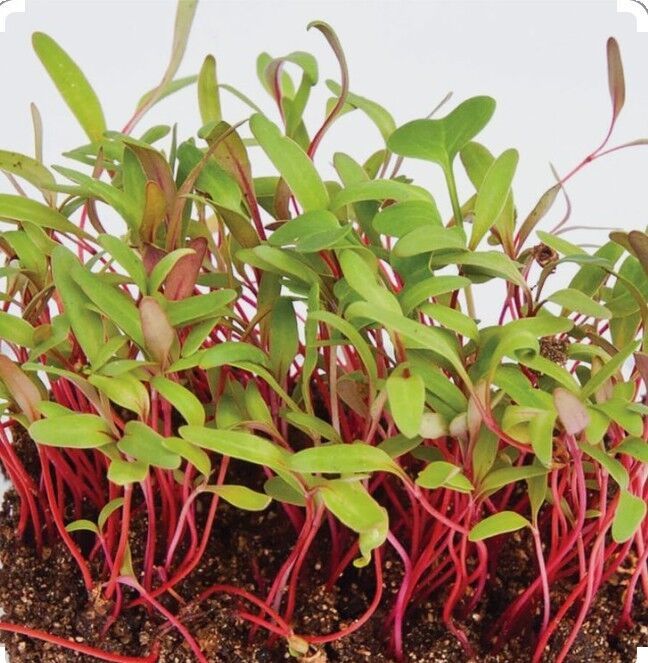Rendered at 23:25:54 08/11/25
Free Shipping
200 Seeds Rainbow Swiss Chard Plant Vegetables Plant Outdoor Plant Organic Plant
$10.99
Shipping options
Estimated to arrive by Fri, Aug 22nd.
Details
FREE via USPS Ground Advantage (1 to 10 business days) to United States
Offer policy
OBO - Seller accepts offers on this item.
Details
Return policy
Full refund available within 30 days
Purchase protection
Catalog info
Payment options
PayPal accepted
PayPal Credit accepted
Venmo accepted
PayPal, MasterCard, Visa, Discover, and American Express accepted
Maestro accepted
Amazon Pay accepted
Nuvei accepted
Shipping options
Estimated to arrive by Fri, Aug 22nd.
Details
FREE via USPS Ground Advantage (1 to 10 business days) to United States
Offer policy
OBO - Seller accepts offers on this item.
Details
Return policy
Full refund available within 30 days
Purchase protection
Catalog info
Payment options
PayPal accepted
PayPal Credit accepted
Venmo accepted
PayPal, MasterCard, Visa, Discover, and American Express accepted
Maestro accepted
Amazon Pay accepted
Nuvei accepted
Item traits
| Category: | |
|---|---|
| Quantity Available: |
10 in stock |
| Condition: |
New |
| Sunlight: |
Full Sun |
| Season of Interest: |
Spring |
| Watering: |
Light |
| Country/Region of Manufacture: |
United States |
| Brand: |
Unbranded |
| Life Cycle: |
Annual |
| Features: |
Open-Pollinating, Potted |
| Indoor/Outdoor: |
Outdoor |
| Cultivating Difficulty: |
Easy |
| MPN: |
KBST129 |
| Planting Time: |
4 Weeks |
Listing details
| Shipping discount: |
Seller pays shipping for this item. |
|---|---|
| Price discount: |
10% off w/ $150.00 spent |
| Posted for sale: |
More than a week ago |
| Item number: |
1726638177 |
Item description
Brand; Unbranded
Type; Vegetable Seeds
Features; Open-Pollinating
Country/Region of Manufacture; United States
Swiss chard is not only a superstar in Mediterranean cooking, but is also one of the most nutritious vegetables around today. It has distinctly large, dark green leaves, which are harvested at various stages of maturity. The whole plant with tender, young leaves can be used for salads, while the individual large-sized, mature leaves can be harvested for sautéing and cooking dishes.
The vegetable is known by many names, including silverbeet, spinach beet, perpetual spinach, bright lights, crab beet, and seakale beets. In South Africa, however, it is simply called spinach. It has been around for centuries, but has been confused with beets and other vegetables like cardoon because of their physical similarities.
Swiss chard comes in various types depending on shine, crunchy stalks, and petiole. There’s the green stalk (Lucullus), Red stalk (Charlotte, Rhubarb chard), and multicolor stalks (bright lights).
This annual crop, widely grown around the Mediterranean region and available at its best from June to November, is so flexible in the kitchen. Fresh, young ones are used raw in salads, while mature ones are sautéed or cooked. One example is pizzoccheri, a kind of flat ribbon pasta enjoyed in Italian cooking. In Egyptian cuisine, it is commonly cooked with taro root and coriander in a light broth. The leaves’ bitterness fades with cooking, giving you a refined flavor.
GROWING INFORMATION
CULTURE: Soil pH should be over 6.0. Cool and mild weather is preferred, though chard has some heat tolerance. Seeds germinate in soil temperatures from 40-100F (5-38C) with an optimum of 86F (30C). Seedlings will tolerate light frosts, and mature plants are hardy to moderate frosts. It may overwinter in mild areas.
TRANSPLANTING: Sow seed in a cold frame or indoors in early spring, about 5–6 weeks before transplanting out after heavy frosts become infrequent. Sow seeds " deep, 2 seeds every 2", thin to 4" apart. Transplant out 4" apart in rows 12–18" apart.
DIRECT SEEDING:Sow beginning midspring and on into midsummer (fall where winter is mild).
NOTE: Images Shown are of Mature Plants
Added to your wish list!

- 200 Seeds Rainbow Swiss Chard Plant Vegetables Plant Outdoor Plant Organic Plant
- 10 in stock
- Price negotiable
- Handling time 3 days. Estimated delivery: Fri, Aug 22nd
- Returns/refunds accepted
Get an item reminder
We'll email you a link to your item now and follow up with a single reminder (if you'd like one). That's it! No spam, no hassle.
Already have an account?
Log in and add this item to your wish list.


